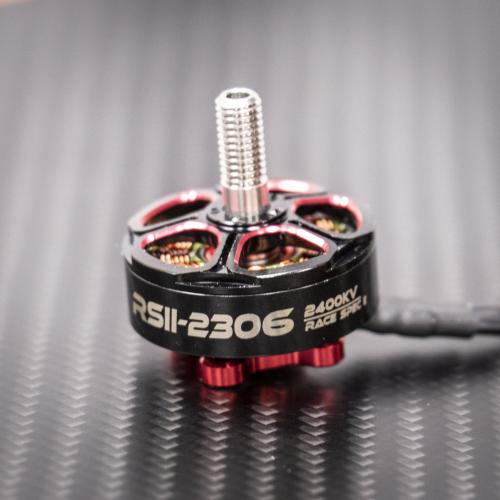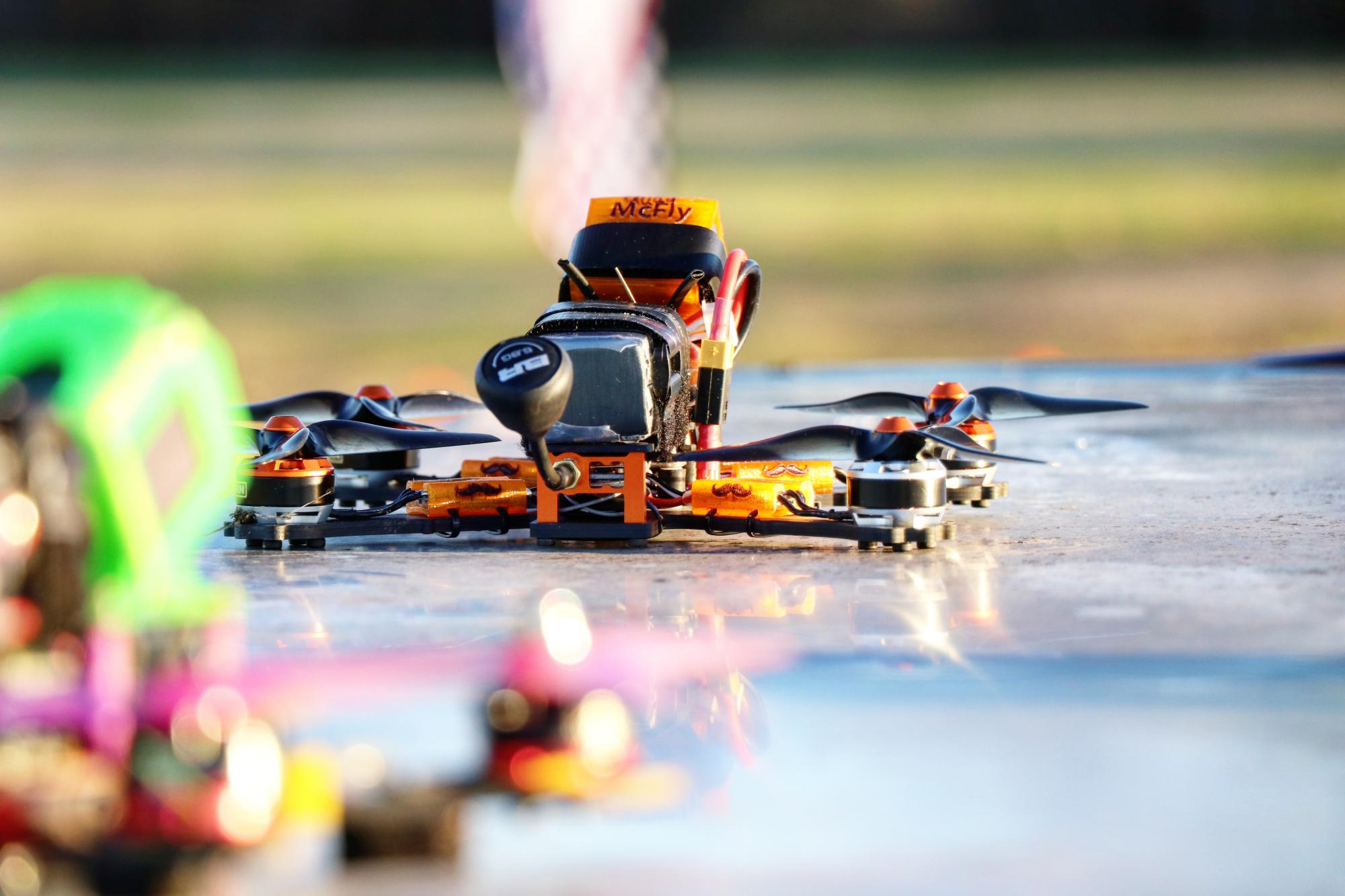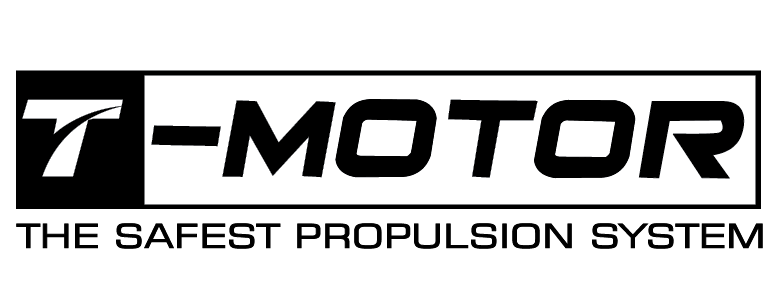The latest release from Emax in their RS line, the 2306 mid-kv variant of the RSII.
Check out the full list of motors in this series here
Summary
Published: Jun 6, 2018 by

| Tested KV: | 2330kv |
| Weight: | 27.8g |
| Stator W: | 23mm |
| Stator H: | 6mm |
Emax has been a prolific contributor to the miniquad world with a string of excellent motors, from the
original RS2205 that started the push for high performance FPV motors, to the powerful
RS2306. This new offering from Emax continues the move that was begun recently with the LS series motors, moving towards a lighter weight and more conservative design, focused more on efficiency and weight than raw numbers. The new design is gorgeous, taking queues again from the LS motors in terms of physical appearnce, but integrating a Titanium alloy single-piece hollow shaft and a two-tone anodized bell. This 2306 hits a remarkable weight point, coming below 28g with 40mm of wire. That puts it in the running for one of the lightest 2306 motors on the market. To achieve this remarkably low weight, Emax has made some tradeoffs, opting for smaller bearings combined with a 4mm hollow shaft. The smaller bearings are a bit of a risk, as the smaller internal balls have the chance of negatively impacting longevity. This has had demonstrably negative side effects on several of the motors that have tried this in the past, including the Brother Hobby R5 and Avenger lines. The bell includes a retention lip, which is critical for keeping magnets from slipping in high torque and high temperature applications. The magnets in this size of the RSII are fairly thin, contributing the overall low weight for the 2306, but the airgap is charictersitcally tiny as expected for an Emax motor. In compensation for the lighter magnets, the RSII has swapped the multistrand windings for a single strand thicker gauge wire. My only real complaint aside from the small bearings is the shaft retention bolt. They are using the same fairly soft metal with a 1.5mm hex socket used in the previous RS and
LS motors. If you do need to remove the screw I recommend heating it up before hand with a soldering iron to loosen the Loctite used, making sure you use even pressure and an excellent tool, and being prepared to recover with pliers or modifying the bolt. Fortunately they do include a spare, so if you do mangle it during extraction, you can replace it with a new one. Regardless though, I would like to see a 12.9 steel bolt with a deeper socket or ideally a 2mm or 2.5mm socket. Really that complaint is fairly minor, and a fairly easy fix. This is a gorgeous motor overall though, and worth of the next generation of the RS name from Emax.
Results
The results here demonstrate the shift in philosophy from Emax, moving the focus from aboslute maximum power to efficiency. Kv tested a tad low, coming in at about 2330kv. This motor was still a solid performer, averaging around 1300g of thrust at around 30A peak draw on most of the mid-range props tested. The heavy 5" props top out at 1400g and 35A, with the 6" props just tapping 1600g at a very conservative 37A. Overall this is a motor designed for longer flight times without sacrificing dramatically on power. The thinner magnets are definitely getting maxed out in terms of torque production on the heavier props with a flatter performance curve as the prop loading increases. With the majority of the props between 2.8 and 3.0 g/W at the top end, this definitely delivers on efficiency. The ideal application here will be fairly heavy and high pitch 5" props or 6" up to low-to-mid pitch triblades. Very solid work from Emax here, and an interesting move away from the typical powerhouse motors. It will be interesting to compare the other stator and Kv options as they hit the bench.










































